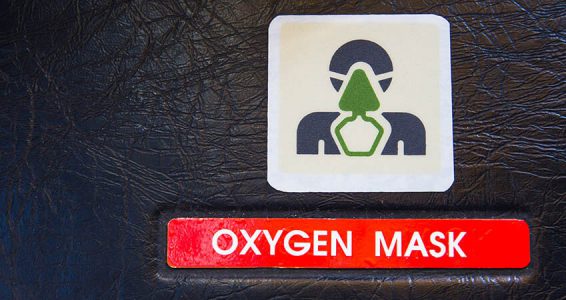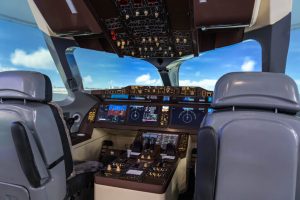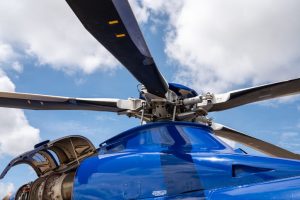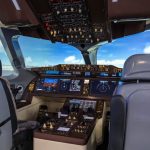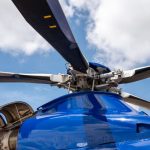Basic Aviation Physiology
Flying has significant effects on the human body and in many ways the body is ill suited for it. Our cells are reliant upon oxygenation. This becomes problematic at altitude where there is less oxygen available. Indeed, the body is prone to experiencing an oxygen deficiency, hypoxia, in these environments. While there are many types of hypoxia the one that aviators most commonly experience is hypobaric. This is characterized by an oxygen scarce environment that fails to meet the body’s basic metabolic requirements.
Signs, Symptoms & Recognition
Signs of hypoxia vary greatly and the effects may be different from to person. There is usually a feeling associated with its’ initial onset. Some people may feel light headed or dizzy. Others may have a sensation of being intoxicated or euphoric. Cyanosis, when the skin turns blue, is common in the lips and fingers. Slurred speech and delayed response are indicative of hypoxia as well.
The greatest threat that arises with hypoxia is the potential for it to go unrecognized. Oftentimes, unrecognized hypoxia occurs when there is a slow leak in pressurization. Whereas rapid decompressions are more easily recognized by the accompanying signs. Condensation and noticeable pressure changes are indicative of a rapid decompressions. Noises, such as hissing, popping or banging, can help identify rapid decompressions. Slow leaks, in comparison, are much more covert and can go completely unrecognized. This is most likely to occur when the crew is not vigilant in their crosscheck.
Hypoxia can be easily corrected when recognized early enough. However, there are certain situations during which even recognized hypoxia can prove life threatening. For instance, a rapid decompression leaves crewmembers with very little time of useful consciousness, which is the amount of time an individual can continue to adequately perform flight duties without receiving a sufficient amount of oxygen. This time decreases rapidly as altitude increases. It is estimated that at an altitude of 15,000 MSL an individual has at least 30 minutes, likely more, before hypoxia becomes debilitating. In comparison, at FL350 the time of useful consciousness is estimated to be less than one minute. These situations make proper emergency training imperative, as there is no time for hesitation or error.
Knowing Yourself & Staying Safe
Most importantly, pilots need to be aware of their own symptoms. The best way to familiarize oneself with hypoxia symptom is by experiencing it in a safe and controlled environment. The FAA Civil Aerospace Medical Institute (CAMI) offers training courses that provide the opportunity to experience hypoxia in its’ hypobaric altitude chamber. In addition, to the chamber flight the program offers pilots spatial disorientation training in a mechanical demonstrator. More information on this program can be found at Airman Education Programs.
Learn your symptoms and fly safe.
RELATED READING
RELATED CTS TRAINING

